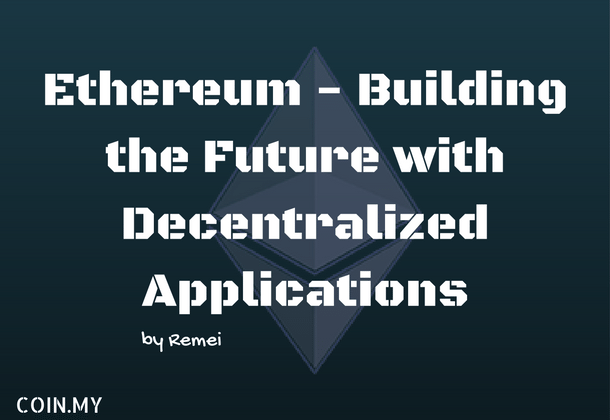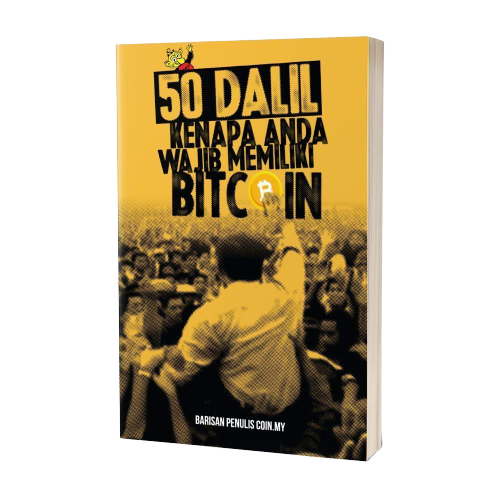
Ethereum – Building the Future with Decentralized Applications

Continuing from where we left off with Ethereum, we still have lots more to learn about it. So in today’s post, let’s see how we can use Ethereum. We’ll also cover DAO, or Decentralized Autonomous Organizations. So, sit back, relax and enjoy this post.
Building secure Decentralized Applications
As a refresher, Ethereum is a platform for developers to build and run decentralized applications, or Dapp. Did you know that Bitcoin is a Dapp? The peer-to-peer electronic cash system that manage Bitcoin online payments is a clear example of what a Dapp is. Since we know that Ethereum uses blockchain technology, the advantages are pretty much huge points.
You can virtually decentralize any centralized applications using Ethereum. Remember all the potential uses of blockchain in here, here and here? Most of the applications mentioned can be written on Ethereum. You can view a list of current Ethereum Dapps at State of the Dapps. Some honourable mention include:
- SlackCoin – A platform that rewards good communication. The system analyzes teams’ communications using an artificially intelligent Slack bot. Then they reward SlackCoin for good performance.
- EthLance – A platform for freelancers to exchange their work for Ether instead of traditional currencies.
- Augur – an open-source prediction and forecasting market platform that allows anyone to forecast events and get rewarded for predicting them correctly.
Decentralized Autonomous Organizations (DAO)
Although DAO is not exactly an application, it share similar features with Dapp. You can run a DAO by programming codes on a collection of smart contracts written on Ethereum. A DAO operates completely transparently, and independently from human intervention (including its original creators). Everyone who purchases tokens on a DAO receives voting rights that gives them ownership of the DAO.

Ether
Ether, like Bitcoin is a cryptocurrency. It is the “fuel” that runs the Ethereum network. Clients use Ether as a form of payment to the machines executing the requested operations. And just like mining in Bitcoin, Ether is the incentive ensuring that developers write quality applications (wasteful code costs more), and that the network remains healthy (people are compensated for their contributed resources).
Ether is the second most valuable cryptocurrency after Bitcoin. As of the time of writing, Etehereum has a market cap of more than $17 billion and it’s making a steady climb towards Bitcoin.
Accessing Ethereum
If you’re an ambitious developer, you can try your hands at Ethereum. Even if you have limited technical background, it’s pretty cool to see the revolution that is happening in blockchain.
One of the easiest ways to access it is via its native Mist browser. Mist is a portal that has a user-friendly interface that enable users to write, run and manage smart contracts. It also provides a digital wallet for storing Ether. Another option is to use MetaMask browser extension, which turns Google Chrome into an Ethereum browser. Although now it only supports Google Chrome, MetaMask will eventually support other web browsers.
Ethereum has paved the way for developers to join the blockchain network. It has also helped shift the way we carry out businesses in the real world. The potential of decentralized applications is only limited by the technical knowledge. But soon, as more people begin to harness the power of blockchain technology, it will slowly change the way centralized organisations operate. We can only begin to wonder the advancement of blockchain technology throughout the world.



